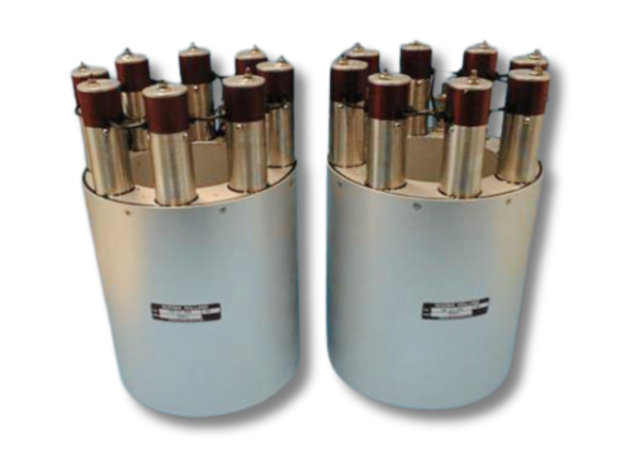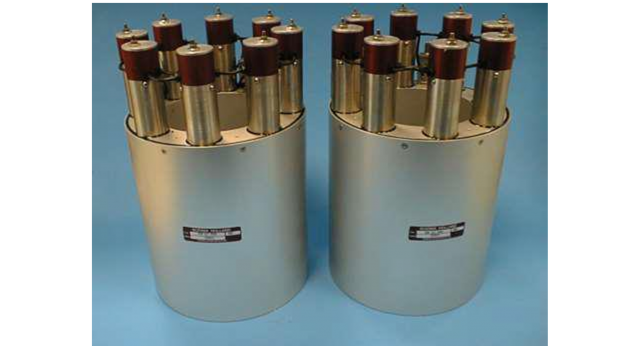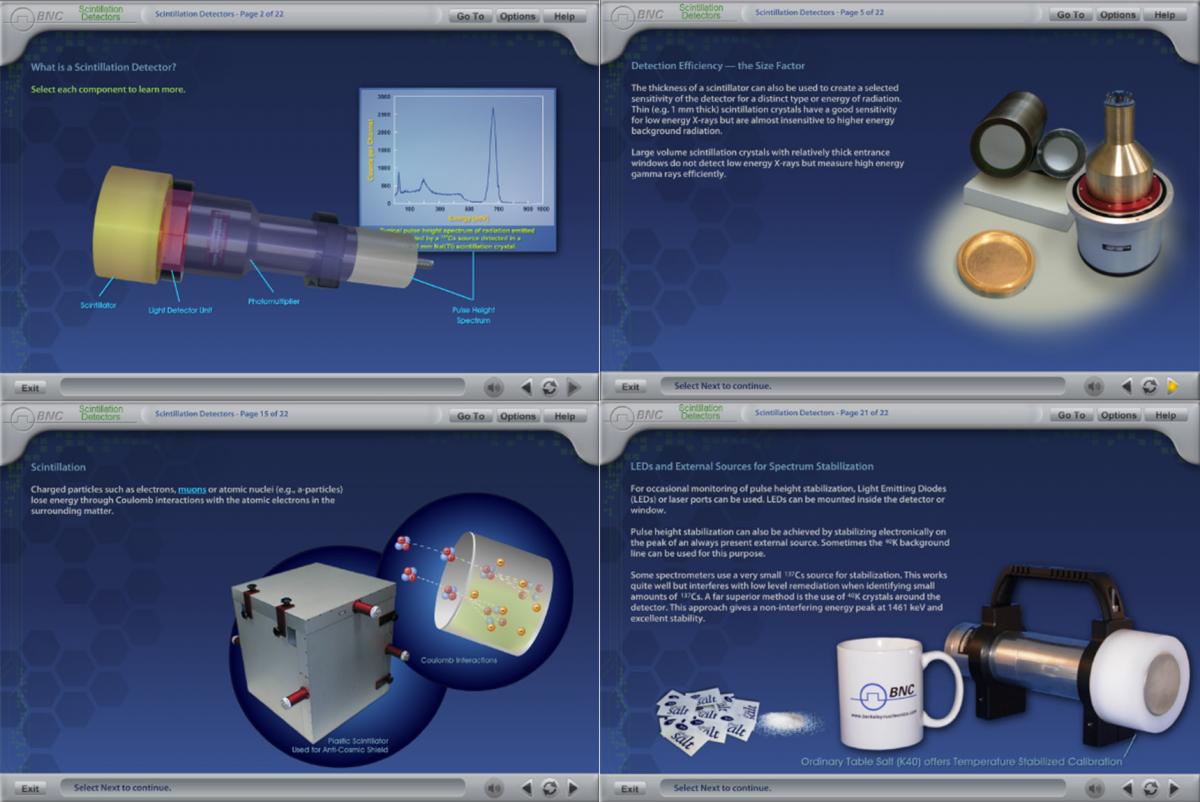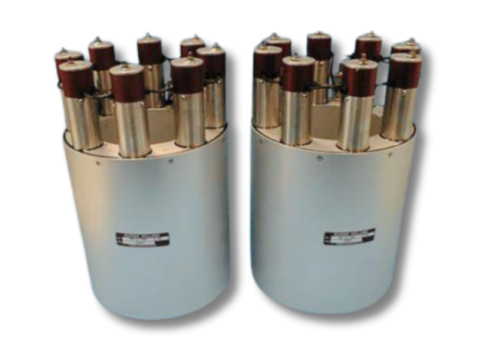
Compton Suppression Shields are scintillation detector assemblies that are mounted around a High Purity Germanium (HPGe) detector to detect the gamma rays scattered by the Ge crystal when a Compton event occurs. Many options are available and careful consideration should be taken when selecting the scintillation crystal(s) and the assembly design. Please download our comprehensive application note and contact Berkeley Nucleonics to discuss the optimum Compton Suppression Shield configuration for your HPGe detection system.
Contact BNC for more information or to discuss your application. You can also tell us about your requirements by completing our brief detector Survey.
Overview
Compton Suppressors or Anti-Compton Shields (ACS) are used to suppress unwanted background in gamma spectrometry performed with Ge detectors. The detection of low intensity gamma ray lines is complicated in spectrometry performed with High Purity Germanium (HPGe) detectors by the presence of Compton scattered gamma rays of higher energies. At energies above a few hundred keV, the main interaction in the relatively low Z High Purity Germanium (HPGe) crystal is via Compton interaction. The Compton scattered gamma rays thus give rise to a continuous background in the gamma-ray spectrum which consequently raises the detection limit for lines at low energies.
One way to suppress these Compton scattered gamma rays is to surround the HPGe crystal with a scintillation material. When Compton scattered gamma rays escape from the HPGe detector and are absorbed and detected in the Compton Suppression shield, they are in time coincident with the gamma photon detected in the HPGe crystal. When one observes coincident signals in the HPGe detector and the Compton suppression shield, a veto signal can be set to block the registration of the Compton interaction event. This technique is called Compton suppression spectrometry.
Crucial parameters in the design of an Anti-Suppression Shield are a large solid angle coverage around the HPGe detector and a high stopping power. The use of segmented well-type BGO detectors is the generally accepted optimum approach except for systems that require low background. In these cases, the high intrinsic background of BGO makes its use prohibitive and NaI(Tl) is the superior choice. Compton Suppressors are commonly composed of BGO or NaI(Tl) scintillation crystals. NaI(Tl) has 5 times the light output of BGO and can be machined in larger sizes. BGO's main advantage lies with its high stopping power. The selection of the material to be used with depend on the requirements of the application.
Anti-Compton Shields can also be provided with special "backcatcher" detectors around the cryostat arm for optimum solid angle coverage. A common practice is to use BGO shields equipped with a NaI(Tl) "nose" since at these angles scattered energies are low and a high stopping power is not required.
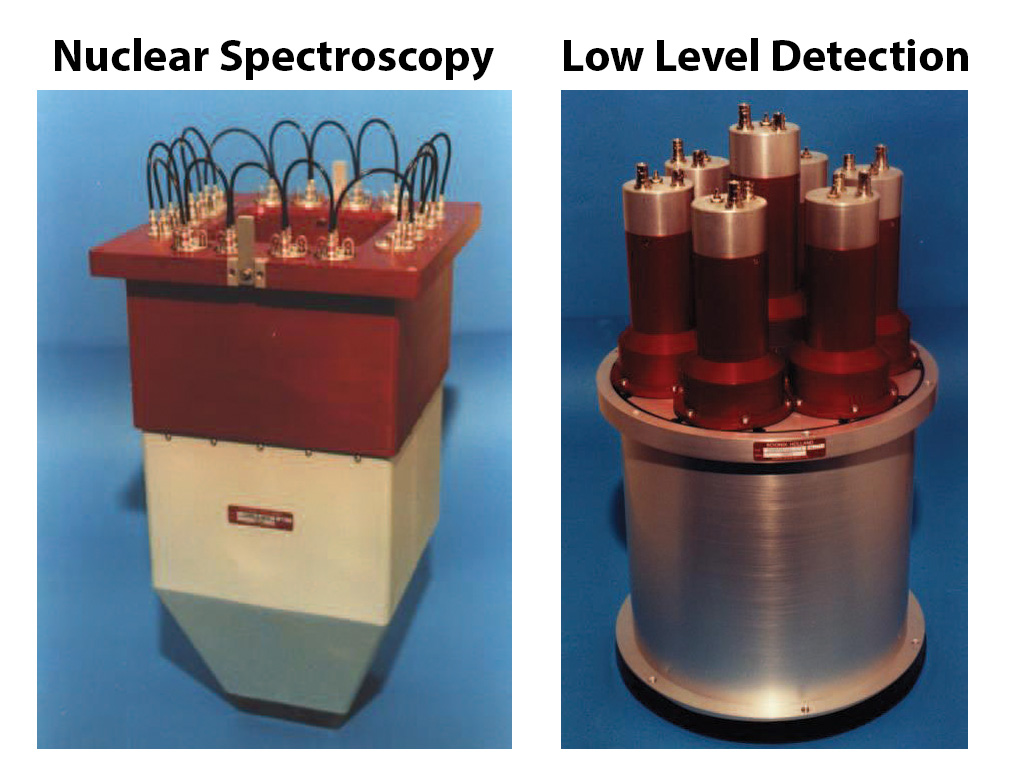
Free Online Training Module - An Introduction to Scintillation Crystals and Detectors
Visit our Training page to access the module or for more information
Downloadable resources such as datasheets, firmware, software, drivers and products manuals. Alternatively, you can browse resources directly by visiting our downloads page.
• Product Datasheets
• Product Firmware
• Product Software and Drivers
• Product Manuals


